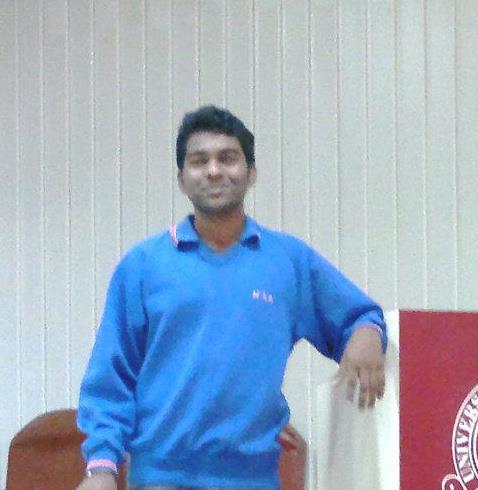Mohit Meshram
I worked at a startup company while pursuing higher education, facing family and financial issues at the time. The company was a fintech firm providing personal loans to students and employees, similar to a company like Mpokket, and it was earning substantial profits. I was part of the KYC verification department, but there were several other departments, including customer support, sales, and recovery, among others. We had four different shifts with varying working hours; the standard shift was 8 hours, while the others were 9 hours. Sometimes, due to overtime, the working hours extended to 9.5 to 10 hours. Employees who opted for the 8-hour shift received slightly lower salaries than those working for 9 hours.
The main issue arose when the company implemented rules regarding perks, salary increments, and promotions. Employees on the 8-hour shift were not eligible for promotions or salary increases. Extra perks were given to those willing to work for 9 hours and occasionally do overtime to meet targets. Some employees agreed to work longer hours due to financial necessity. The company used various communication tactics to create the illusion of a close-knit “family” environment, including providing pizza and pastries to incentivize employees to work more. While Sundays were officially designated as a holiday, the company offered higher pay for working on Sundays, effectively eliminating a weekly day off. Unfortunately, this is a common practice in many Indian companies, where employers exploit their workforce for profit.
In the company where I worked, a significant portion of the employees, especially those in lower-paying positions, were from the SC, ST, and OBC sections. Higher-paying roles often went to individuals from privileged backgrounds who had graduated from prestigious colleges and possessed strong communication and managerial skills. However, this belief that they were inherently superior due to their educational backgrounds and skills is misguided. Cultural capital plays a crucial role in shaping social hierarchies, as explained by the French philosopher Pierre Bourdieu. Many people are unaware of the harsh realities of exploitation faced by marginalized communities in Indian society. My observations from personal experience have taught me some uncomfortable truths about how Indian society functions. Modern discrimination against SC, ST, and OBC communities may not be as overt as in the past, but it persists, deeply ingrained in the system.
Most of my coworkers in the startup were students pursuing or recently completing their degrees, working to support their education due to financial constraints. The salaries were so low that they barely covered basic needs.
There were also anti-Ambedkar sentiments within the executive body. On April 14th, which is the birth anniversary of Babasaheb Ambedkar, there was no official leave granted. More than 40% of the employees belonged to the Buddhist community and wanted to celebrate this occasion. Our company’s office was in Nagpur, a city with a history of resistance against Brahmanical ideologies and caste discrimination. Last year, some employees, including those from other sections, organized a mass leave on April 14th. On that day, 90% of employees took leave, which angered the executives. The executives questioned the significance of April 14th and why it warranted a holiday. Some employees bravely stood up and argued, comparing the importance of April 14th to Guru Nanak Jayanti (the boss was from the Sikh community). Their point was that if holidays like Christmas and Onam were observed, holidays for which many employees had no cultural connection, then April 14th, the birth anniversary of Babasaheb Ambedkar, should also be recognized and celebrated.
The executives realized they couldn’t oppose this sentiment. Their animosity was strong.
This year, the company attempted to make employees work on April 14th by offering extra pay, higher than the usual overtime rate. Some employees were enticed by the additional income and came to work, while others did not. One employee protested by wearing a white kurta and a blue scarf. Even with the promise of high pay, 50% of employees were absent, and their salaries were subsequently reduced as voluntary leave was imposed. This is the grim reality of corporates in India.
Chandrayan 3 has successfully landed near the moon’s south pole, a historic achievement. This region, where unicorns and decacorns multiply, holds the promise of becoming the world’s third-largest economy. However, amidst these remarkable developments, there exists a deafening silence regarding daily discrimination based on caste, atrocities against Dalits, tribals, and minorities, the demand for an OBC census, and glaring income inequality. Additionally, the issue of SC and ST student suicides in prestigious universities is often conveniently overlooked. The unspoken truth is that these developments primarily benefit the savarnas.
~~~
Mohit R. Meshram is from Nagpur Maharashtra, he is associated as an volunteer with Nalanda Academy Wardha and Vidhi Abhyas Center and he also works as a Derivatives trader.










